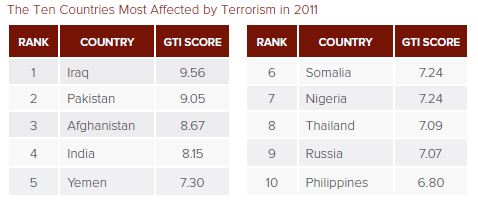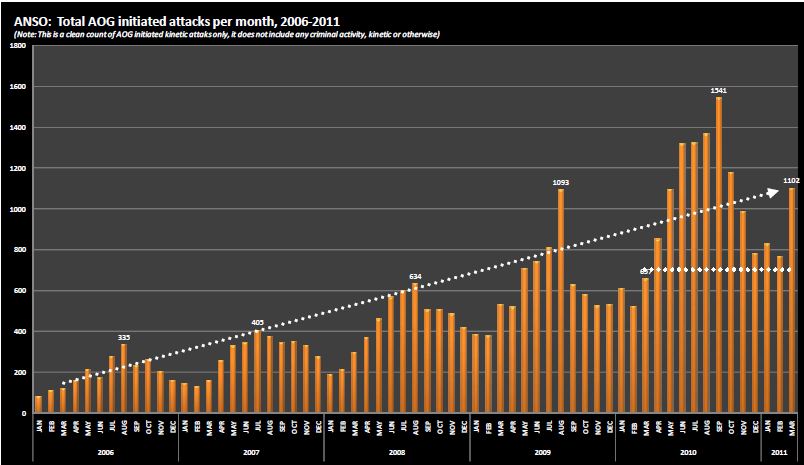The Petraeus Failure Legacy in Iraq Grows
There are of course many people to blame for the war crime of US invasion of Iraq, but David Petraeus’ role as the falsely constructed hero of Iraq who in reality was the author of some of its most profound failures stands out. Recall the heady days of the fall of 2007 when Washington was paralyzed by the Congressional hearings on Iraq. Washington had already forgotten Petraeus’ false claims of training prowess in his September, 2004 Washington Post op-ed that launched his career in a political direction and helped Bush get re-elected. Instead, Petraeus was granted a mulligan on troop training and was promoted to head US troops in Iraq to preside over the surge so that his vaunted “new” COIN strategy could be implemented. Petraeus then of course was given credit for that COIN strategy being behind the decline in violence, even though we learned from Lt. Col. Daniel Davis and others that the drop in violence was more likely due to Iraqi Sunnis turning to the US because of the excessive brutality of al Qaeda in Iraq.
Sadly, with all the Washington circus atmosphere surrounding the hearings and the Move-On Betrayus ad, a key document prepared by the GAO (pdf) was all but ignored during the hearings. There were in fact 18 benchmarks for the Iraq war effort outlined in the legislation passed in January of 2007 authorizing the surge. The opening of the document provides the most telling one sentence summary of what the US hoped to achieve at the time:
The January 2007 U.S. strategy seeks to provide the Iraqi government with the time and space needed to help Iraqi society reconcile.
Although the vaunted Petreaus COIN strategy paid lip service to winning “hearts and minds”, the sad reality is that the US spent zero effort on achieving any sort of social reconciliation in Iraq. The huge Sunni-Shia schism remained intact and was even further fed by the US’ hand-picked Prime Minister, Nouri al-Maliki. On the list of benchmarks from the legislation, unlucky number 13 held the key:
Reducing the level of sectarian violence in Iraq and eliminating militia control of local security.
Needless to say, the GAO found that particular benchmark unmet in September, 2007 and it remains unmet today as Sunni extremist ISIS troops gain territory throughout Iraq while al-Maliki’s Shia forces melt away. A tremendous window opened for reconciliation when the Sunni militias abandoned al Qaeda in Iraq and joined with the US, but these groups were given no standing by al-Maliki, who even continued to send his Shia-dominated military into Sunni regions, laying groundwork for local support once ISIS came into the picture.
But it is Petraeus’ failure as the leading figure behind the training of Iraq’s forces that stands out today. From the New York Times:
Recent assessments by Western officials and military experts indicate that about a quarter of Iraq’s military forces are “combat ineffective,” its air force is minuscule, morale among troops is low and its leadership suffers from widespread corruption.
As other nations consider whether to support military action in Iraq, their decision will hinge on the quality of Iraqi forces, which have proved far more ragged than expected given years of American training.
The Washington Post piles on with more bad news:
After tens of thousands of desertions, the Iraqi military is reeling from what one U.S. official described as “psychological collapse” in the face of the offensive from militants of the Islamic State of Iraq and Syria (ISIS).
The desperation has reached such a level that Prime Minister Nouri al-Maliki is relying on volunteers, who are in some cases receiving as little as a week’s military training, to protect his ever-shrinking orbit of control.
“Over time, what’s occurred is that the Iraqi army has no ability to defend itself,” said Rick Brennan, a Rand Corp. analyst and former adviser to U.S. forces in Iraq. “If we’re unable to find ways to make a meaningful difference to the Iraqi army as they fight this, I think what we’re looking at is the beginning of the disintegration of the state of Iraq.”
In the end, all of the years and the billions of dollars spent on “training” Iraqi forces has given a force that is “combat ineffective’, “far more ragged than expected” and melts away at the first sign of resistance. But wait. Any day now, we will see that those 300 “advisers” we are sending into Iraq will magically train a new force that will get it right this time. Who knows, maybe Petraeus will be given yet another chance to lead that training. What could go wrong?



